Uhh, did you say hidden specs?
Okay, so obviously any reasonable provider of laser power sensors should not be hiding any specs. In certain cases, though, there is an unlimited amount of information that could be included in a spec, and one must decide how much to write down. Let me show you what I mean.
What’s Maximum Intermittent Power?
A Sample of Ophir Photonics’ Thermal Laser Power Sensors
Ophir has a whole line of thermal sensors that are optimized to function at a certain power continuously, but a higher power for a limited amount of time. These sensors are called X(Y)A-bla-bla-bla. This means the sensor can measure up to X Watts continuous power or Y Watts for Z minutes. (Z is not in the sensor name, but can be found in its datasheet.)
The motivation here was when an engineer said, “Hold on. If I only turn on this 10W sensor for two minutes, it doesn’t get so hot. In fact, it can actually measure up to 50W, as long as it’s only on for two minutes. What if some of our customers only want to measure for a minute at a time? They’ll be forced to pay more for a higher power sensor, when they really could have used this one.”
As always, Ophir does not shy away from complexity. If there’s a choice between simplicity and flexibility for our customer, we’ll usually choose flexibility. But we still want to keep things as understandable as possible, so that’s where this blog post comes in.
Okay, I got all that, but what specs are hidden?
Laser Power Sensor Specs: Maximum Intermittent Power
As you may or may not have already guessed, there’s nothing sacred about 2 minutes. If the L50(300)A-etc. sensor, for example, can measure 50W continuously, and 300W for 2 minutes, what if I want to measure 200W for 3 minutes? What about 100W for 5 minutes? The possibilities are endless, which is great for our flexibility goal, but not for the length of our datasheets.
Our solution? We typically include one or two possibilities other than continuous power.
But what if I’m interested in a different combination of maximum power and measurement time?
Here’s where the tip comes in.
Pro Tip
Use our laser sensor finder to find the hidden specs. 
Usually, our sensor finder is used to, well, find a sensor. Type in your laser’s parameters and boom – out comes a sensor. Or a few sensors.
But let’s try something a little different. You know which sensor you want – or already own. But you want to check if it works at a given set of laser parameters (in our case, maximum power Y and measurement duration Z). Simply, type in those parameters, as well as other laser characteristics, and check if you see your laser power sensor on the list of options.
Or, if you want to measure 100W for as long as possible, start by entering 100W and 1 minute. If you see your sensor in the list, push the limit up to two minutes. Keep doing this until your sensor disappears, and – voila – that’s how long you can leave your sensor on at 100W.
I do want to stress, however, that if this seems complicated or you have any questions – ask us. We’re here to help.
You might also like to read: Do you completely understand the spec of your laser power sensor?
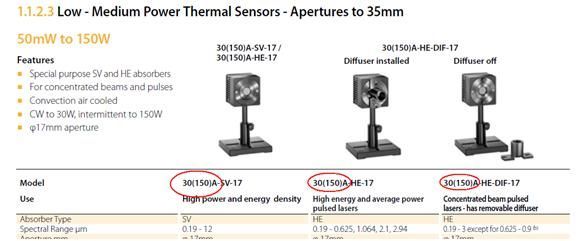


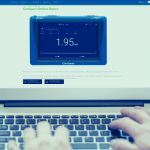

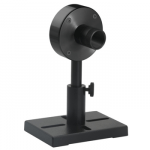
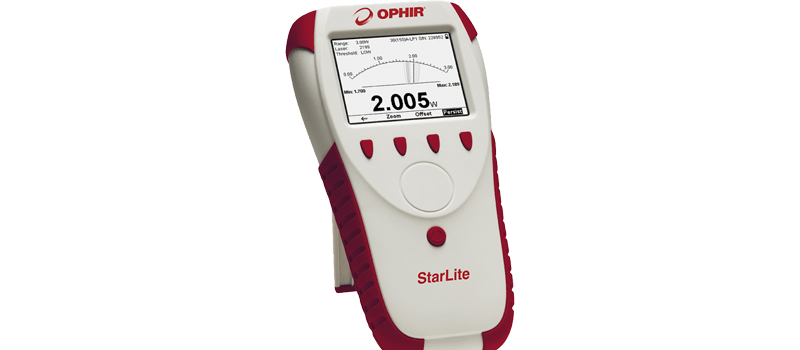
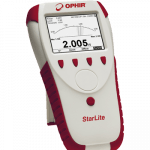

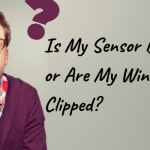
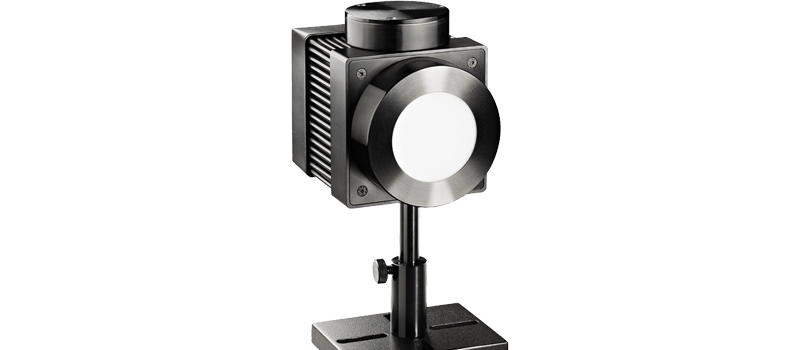
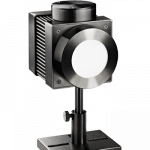
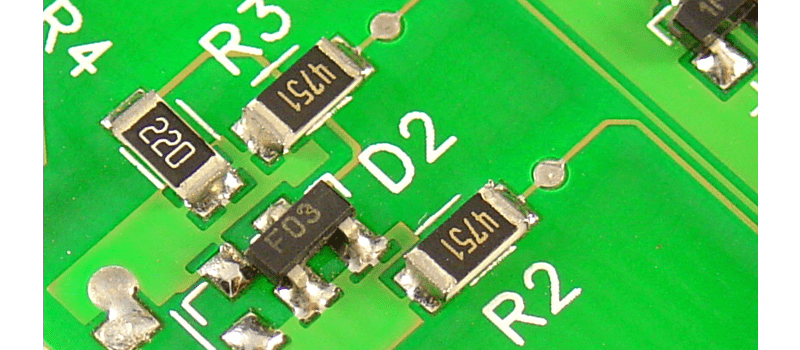
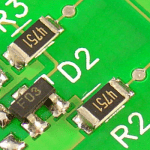
Leave a Reply
Your email address will not be published. Required fields are marked *